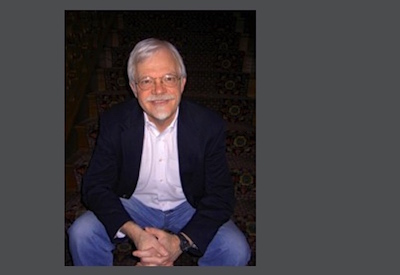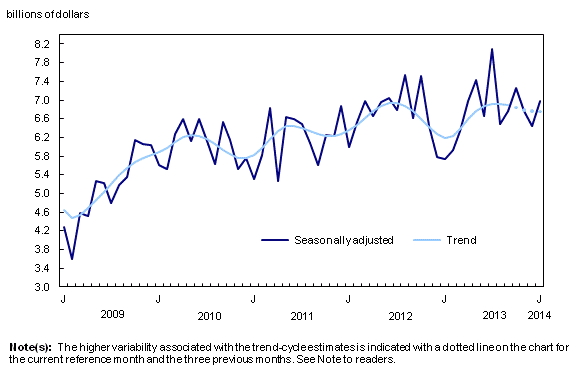End of Year Planning Questions

Dec 5, 2018
By Frank Hurtte
In setting growth plans for the coming year, one should ask, “What percentage of my customers might go away?” Some will go out of business and they stop buying. Others might be folded into a larger organization. If that organization has a relationship with a competitor, your business could be switched to another supplier. Further, some aggressive competitor could make inroads into your account through hard work and/or better relationships, by way of a valuable new service or through jaw dropping price levels. This is hard to face, but it happens. The question is, how much would any of these affect your business?
To the best of my knowledge, the only industry to truly study this phenomenon is the HVAC/R industry. Three years ago, HARDI (Heating, Air Conditioning, and Refrigeration Distributors International) hired Mike Marks and Steve Deist of Indian River Consulting Group to conduct a study that resulted in meaningful numbers. These results, which shocked the industry, were published in a book entitled Myths & Misperceptions: How markets are really made in HVACR. I recommend the book to everyone in the HVACR business and believe the points made apply to distributors in many other lines of trade. Here are a few highlights from their work:
The average small HVACR contractor switches suppliers at a rate of 4% per year with well over half of the attrition (2.5%) tied to distributor dissatisfaction. Larger and more professional contractors switch at a rate of 11% per year, with 7.8% of that tied to distributor dissatisfaction.
Another group, which lumps commercial, institutional and industrial accounts together, switches business at a rate of 29% per year. I believe this higher attrition rate may well be tied to the point that HVACR distributors tend to be geared to better serve contractors than other types of customers. Further, if the institutional portion of the mix is higher, we might assume some of those institutions are government-run organizations that base purchasing practices on price (low bid orders).
For our discussion, there are two points to consider:
1. Even the best of customers leave the fold at a rate of 4% a year with the average nearing double that number.
2. If you are planning to grow your business by 10% next year, plan on 15% growth. Losing some of your existing customers is probably in the cards.
Retention is the opposite of attrition
Nobody starts off with a plan to lose customers, but things happen. The inside sales team gets stretched a little thin and service wanes. The warehouse gets careless and the customer finds themselves facing a box with the wrong parts. Even salespeople, charged with keeping customers, forget to cover all the bases with their customers. Your top suppliers experience delivery issues and you take the brunt of the blame. The list goes on and on.
Done properly, end of year planning allows for contemplation, reflection and plans for correction. Planning allows for an objective view of the current situation and how retention might be improved going into the next year.
Have you reviewed the (hopefully short) list of customers who have stopped buying from you?
What happened?
• Has anybody from management done an exit interview?
• How might the situation have been different?
What preventive measure could avoid the problem in the future?
• Are there trends? Could it be that dealing with “Danny” is toxic to customer health?
• Are there policies or procedures impacting business?
How long did it take for you to realize something was wrong?
• Who in your organization monitors customers for significant drops in business?
Not every ex-customer can have facial warts and a bad attitude
• Did you listen to the customer’s comments without tossing out excuses?
Are there existing customers on the cusp of leaving?
• Are there early warning systems that might point to issues?
• How might management assist the team in determining ongoing customer satisfaction?
Two important thoughts for your end of year plan
First, customers are more likely to switch distributors because the incumbent distributor did something wrong than because they were sold on the new distributor. This runs contrary to the common sales think.
Second, distributor sales teams aren’t great about staying in contact with the other guy’s customer. After a short flurry of activity, which produces little or no results, they engage with existing customers and let the potential customers fall out of their mind. Most of us understand this is a mistake, but it is the reality of the situation.
Progressive distributors have established a plan for continuing outreach to their competitors’ customers. Is this in your end-of-year plan?
Frank Hurtte is the Founding Partner of River Heights Consulting. The Distributor Channel is a service of River Heights Consulting. Find out more.











